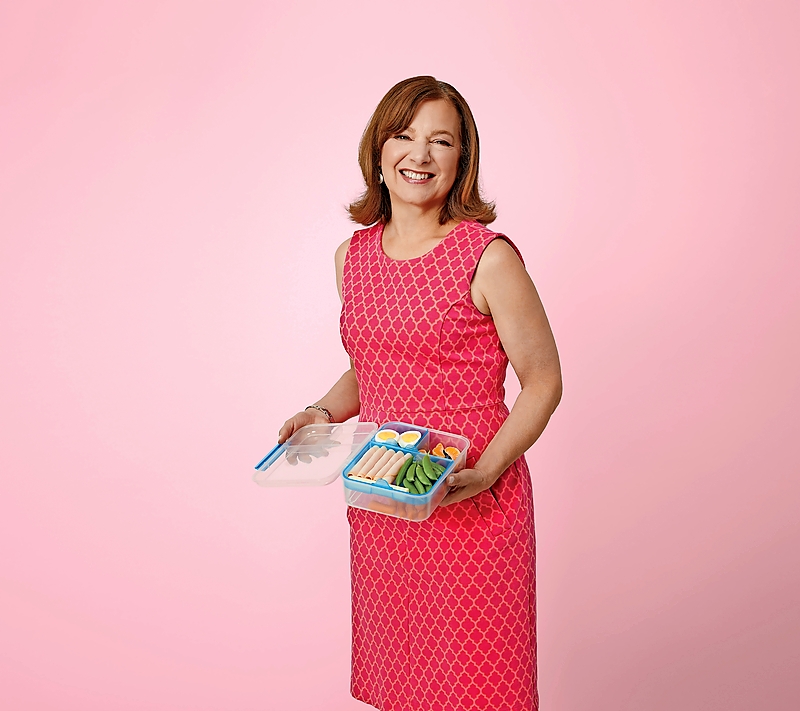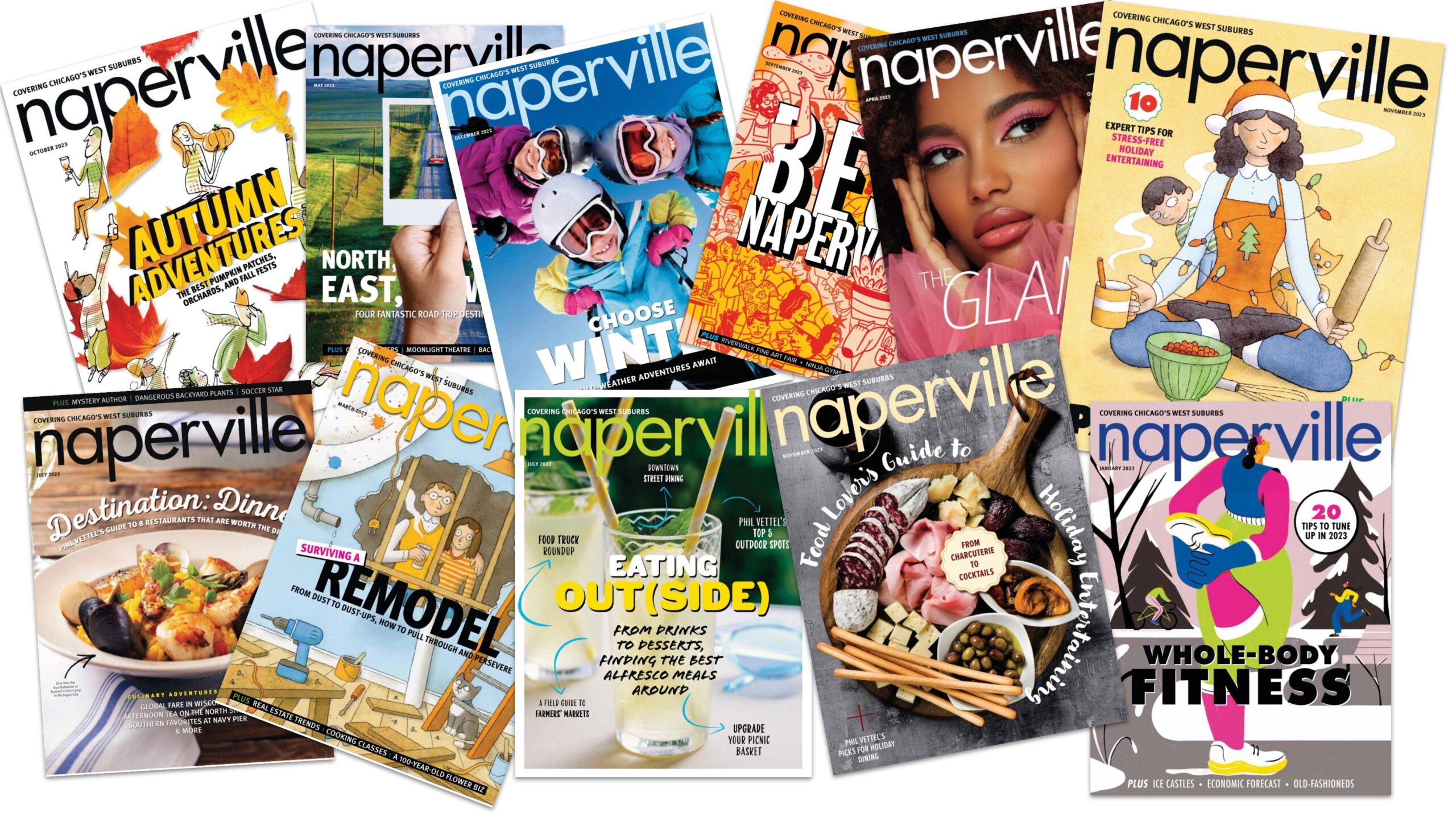It’s Just Lunch
By Naperville Magazine
Appears in the August 2019 issue.

By Cara Sullivan
Search #lunchboxgoals on Instagram and prepare to salivate over images of midday meals so carefully curated and artistically prepared you’ll forget you’re looking at food intended for sticky-fingered kids. Down here in the real world, however, packing healthy and satisfying school lunches is all about strategy, not style. Christine Palumbo, a Naperville resident who is a registered dietitian and nutritionist, breaks it down.
STRIVE FOR FIVE
A healthy, nourishing lunch has five components: a protein (meat, tofu, edamame, beans, eggs, or cheese are all great options), a veggie, a fruit, a side or treat, and milk or water. Meet those requirements and you’re off to a great start, as lunch contributes to nearly a third of your child’s calorie
and nutrient needs.
PASS ON PROCESSED
Just because something is marketed to kids doesn’t mean it’s good for them. Real, whole foods with some crunch are typically well-received—think mixed nuts, popcorn, sugar snap peas, and frozen grapes.
THINK OUTSIDE THE PBJ
Sick of sandwiches? Consider adding the following mains to your rotation: DIY nachos Leftover taco meat with beans, lettuce, and cheese, plus a salsa packet and a bag of tortilla chips. Un-sandwiches Whole wheat crackers, rolls of turkey speared with colorful picks, and hummus for dipping. Buddha bowl Brown rice or quinoa with cubed meat or beans, with peas, broccoli, or corn.
ENCOURAGE HEALTHY CHOICES
Bring your kids to the store and let them pick their own fruits and veggies—you might be surprised to discover they love jicama or kumquats. To keep things creative, start a “Try it Tuesday” tradition where you offer something new once a week. Make a sandwich on whole grain instead of white bread, or try a new dip to go with veggies.
PUT YOUR KIDS TO WORK
Students should be expected to help pack lunch as early as kindergarten, and take full responsibility by middle school—it’s also about building life skills like independence, organization, and responsibility. To make it easy on them, select a drawer or cabinet for your child’s lunchbox and water bottle, reusable containers, and nonperishables—and designate a shelf in the fridge for the perishable stuff.
LIQUID LUNCH
Invest in a good water bottle that your child is excited about, and hydrate with water or milk instead of juice drinks or pop. Forget bulky ice packs—fill and freeze the water bottle the night before and throw it into the lunchbox. It will keep food cool all morning and be ready to drink by midday.
MAKE IT LOOK GOOD
No, it doesn’t have to be Instagram- worthy, but kids are a lot more
likely to eat food that looks appetizing. Invest in a bento-style lunchbox with colorful compartments that keep foods fresh and separated,
and drizzle lemon juice on sliced fruit to prevent it from browning. Colorful and reusable silicone baking cups can segment foods like hummus, and lids with bright colors will appeal to little ones.
HAVE A LITTLE FUN
Occasional nonfood surprises—a love note, some stickers, a silly face drawn on a banana—will make them smile just as broadly as a cookie or piece of candy. Assemble bite-sized cheese and cracker sandwiches, or make tiny fruit kabobs on toothpicks. Healthy doesn’t have to be boring.


